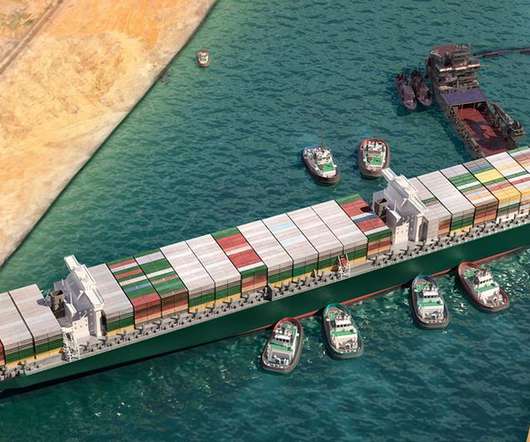Don’t Fret: Trans-Pacific Partnership (TPP) Agreement will not play havoc with the economic development of developing countries
The UCLA Anderson Global Supply Chain Blog
FEBRUARY 1, 2016
The global trade amounts to US$ 38 trillion in 2014, where China took the lead with US$ 4.2 Bangladesh, Cambodia, Ecuador, Guatemala, Indonesia, India, Pakistan, and many African countries). trillion and US was second with US$ 3.9 trillion.) . Is this concern valid? Overall, TPP is not a threat to various developing countries.















Let's personalize your content